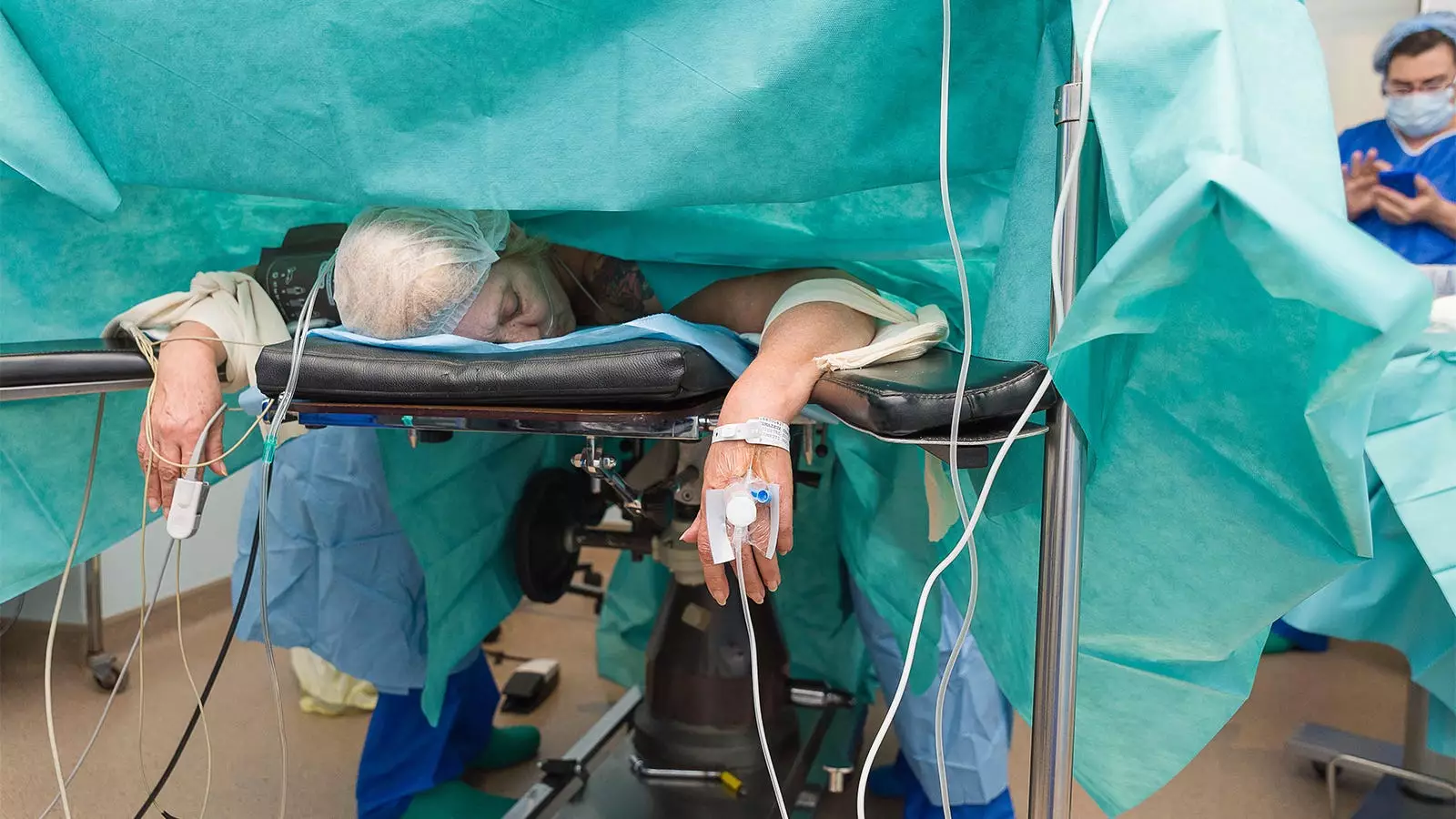Cosmetic surgery has gained immense popularity in recent years, with individuals seeking various procedures to enhance their physical appearance. However, a recent report published in the Morbidity and Mortality Weekly Report (MMWR) highlights the alarming rise in deaths and infections associated with cosmetic surgery, particularly in the Dominican Republic (D.R.). This article critically examines the findings of the report and sheds light on the significant risks involved in these procedures.
According to the MMWR report, there were a total of 93 deaths among U.S. residents who traveled to the D.R. for cosmetic surgery from 2009 to 2022. What is particularly concerning is the sharp increase in the number of deaths in recent years. While there were an average of 4.1 deaths after cosmetic surgery from 2009 to 2018, this number rose to 13 during 2019-2020, reaching a peak of 17 fatalities in 2020.
The researchers observed that the majority of these deaths were the result of embolic events, such as fat emboli or venous thromboembolism. Patients who had risk factors for these complications, including obesity and multiple procedures performed during the same operation, were more susceptible. This highlights the need for improved surgical protocols and postoperative medical care to prevent such tragic outcomes.
The MMWR report also highlights that the deaths associated with cosmetic surgery in the D.R. were largely tied to gluteal fat transfer, commonly known as the Brazilian butt lift (BBL). This procedure, which has gained significant popularity, is considered the deadliest aesthetic procedure ever performed, according to experts in the field.
One of the most concerning complications of the BBL is pulmonary fat embolism, where fat globules enter the bloodstream and obstruct circulation. The majority of the analyzed cases had undergone gluteal fat transfer, indicating the heightened risks associated with this procedure. The study emphasizes the need for caution and extensive evaluation of the risks before choosing to undergo a BBL.
In addition to the rise in deaths, the MMWR report also addressed the issue of infections associated with cosmetic surgery. It identified 15 cases of Mycobacterium abscessus infection among patients who had undergone cosmetic surgery at a single facility in south Florida. The majority of these patients had undergone a gluteal fat transfer, along with liposuction.
Further investigation revealed multiple lapses in infection control and prevention protocols at the facility, including gaps in environmental cleaning practices, improper use of personal protective equipment, and inadequate disinfection during surgical device reprocessing. These instances of negligence raise serious concerns about patient safety and highlight the urgent need for stringent infection control measures in cosmetic surgery facilities.
The D.R. has become a popular destination for individuals seeking cosmetic surgery due to its lower costs, shorter wait times, and proximity to the United States. However, the allure of medical tourism comes with inherent risks. The MMWR report emphasizes the need for reliable statistics on the total number of cosmetic procedures performed on U.S. citizens in the D.R. each year to accurately assess the risks and implement preventive measures.
The report also acknowledges the potential underreporting of deaths, which further complicates the evaluation of risks. To address this issue, the U.S. Embassy in the D.R. collaborated with the Centers for Disease Control and Prevention (CDC) to launch an investigation into the rising number of deaths. However, without comprehensive data, it is challenging to implement strategies that could have mitigated or prevented these tragic outcomes.
In light of the alarming increase in deaths and infections associated with cosmetic surgery, it is crucial for the medical community to prioritize patient safety. This includes the development and implementation of improved surgical protocols and postoperative medical care to mitigate risks such as embolic events and infections.
Furthermore, there is a need for stricter regulation and oversight of cosmetic surgery facilities. The lapses in infection control and prevention identified in the MMWR report highlight the urgent need for standardized guidelines and regular inspections to ensure patient safety.
Additionally, patients considering cosmetic surgery must be adequately informed about the risks involved in the procedures they wish to undergo. A comprehensive evaluation of their medical history, including risk factors for complications, should be conducted, and alternative options should be explored if necessary.
The rise in deaths and infections associated with cosmetic surgery, particularly in the Dominican Republic and certain regions of the United States, warrants immediate attention from the medical community. By addressing the shortcomings in surgical protocols, infection control, and patient care, it is possible to mitigate risks and enhance patient safety. Only through a collective effort can we ensure that individuals seeking cosmetic surgery can do so without compromising their health and well-being.

Leave a Reply